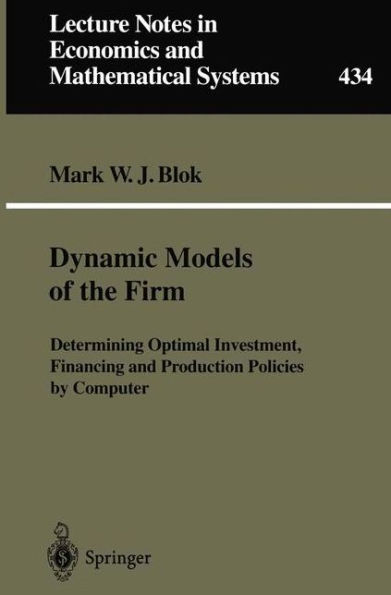This book contributes to the scientific field of optimal control theory applied to dynamic models of the firm. It discusses optimal investment, financing and production policies of the firm, that have to deal with a variety of aspects, such as financial constraints, start-up costs, business cycles, increasing returns to scale, production life cycles and experience curves. In contrast to many other publications on this subject, here, in combination with an analytical approach, the dynamic optimization problems are solved numerically with the aid of a powerful computer and specific programs for optimizing non-linear functions of a finite number of variables and non-linear constraints.
This book contributes to the scientific field of optimal control theory applied to dynamic models of the firm. It discusses optimal investment, financing and production policies of the firm, that have to deal with a variety of aspects, such as financial constraints, start-up costs, business cycles, increasing returns to scale, production life cycles and experience curves. In contrast to many other publications on this subject, here, in combination with an analytical approach, the dynamic optimization problems are solved numerically with the aid of a powerful computer and specific programs for optimizing non-linear functions of a finite number of variables and non-linear constraints.

Dynamic Models of the Firm: Determining Optimal Investment, Financing and Production Policies by Computer
193
Dynamic Models of the Firm: Determining Optimal Investment, Financing and Production Policies by Computer
193Paperback(Softcover reprint of the original 1st ed. 1996)

Product Details
| ISBN-13: | 9783540608028 |
|---|---|
| Publisher: | Springer Berlin Heidelberg |
| Publication date: | 03/07/1996 |
| Series: | Lecture Notes in Economics and Mathematical Systems , #434 |
| Edition description: | Softcover reprint of the original 1st ed. 1996 |
| Pages: | 193 |
| Product dimensions: | 6.10(w) x 9.25(h) x 0.02(d) |
